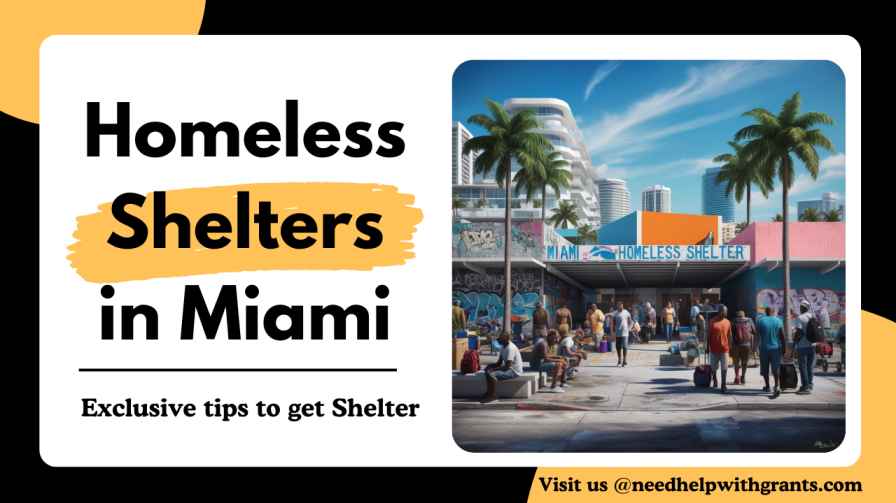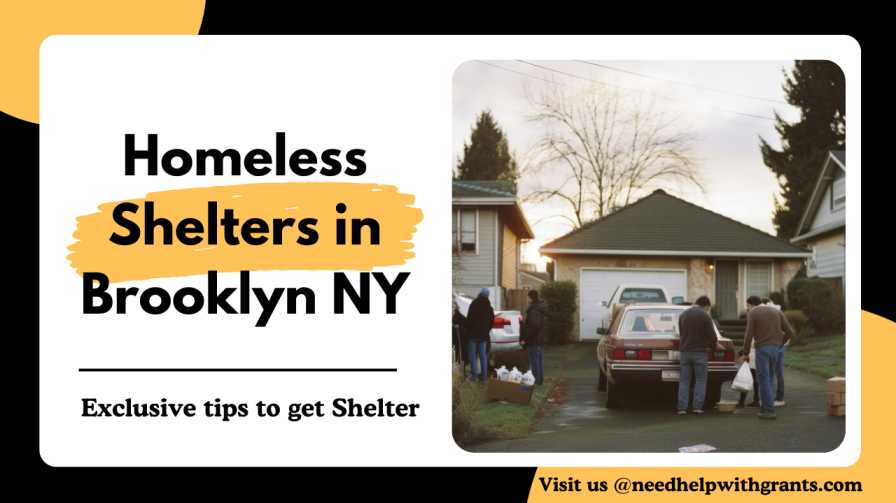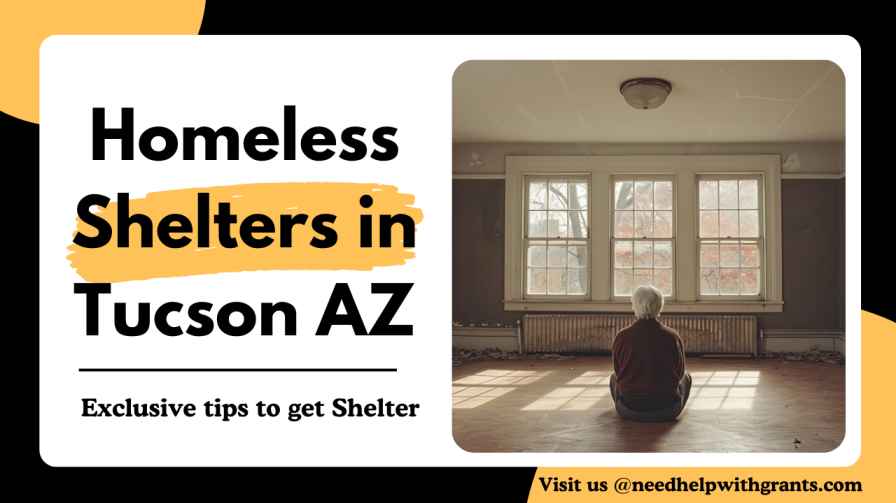Homelessness is a major issue affecting thousands of people in Miami, a vibrant city that contrasts luxury with the stark reality faced by vulnerable populations. Miami’s homeless shelters play an important role in providing safety, resources, and hope to individuals experiencing homelessness. These organizations act as lifelines and bridge the gap between survival and stability.
Over the years Miami has seen fluctuating homelessness trends. According to recent statistics, more than 3,000 people experience homelessness in the city each year due to housing shortages, unemployment, and mental health challenges. Understanding these changes is critical to addressing root causes and creating effective solutions.
What is the Miami Homeless Assistance Program?
The Miami Homeless Assistance Program is a city-managed initiative that provides critical support to families facing homelessness in Miami-Dade County. Operated by the City of Miami Department of Human Services, the program connects people to emergency shelter, food, and basic needs.
Those in need can call the program directly to discuss their circumstances and be referred to available resources. Services include placement in emergency shelters or transitional housing, with case management and guidance for finding permanent housing solutions.
Additionally, the program collaborates with organizations like the Miami-Dade County Homeless Trust, which offers rental assistance, utility bill support, and other interventions to prevent homelessness or address immediate needs. For more details, individuals can reach out to the City of Miami or local resource directories like Axis Helps Miami.
Homeless Hotline Miami –
The Miami-Dade County Homeless Trust Homeless Helpline is 1-877-994-4357. If you are helping someone else, you can call this number to receive services or submit a referral.
How Do Homeless Shelters Help Homeless People and Families?
Miami’s homeless shelters provide vital support to people and families experiencing homelessness by addressing their immediate needs and offering pathways to long-term stability.
Here’s how they help:
Immediate Shelter and Safety
Homeless shelters provide a temporary place to stay for individuals and families who have no other safe options. They protect people from extreme weather, unsafe living conditions, and the dangers of living on the streets, offering a secure environment for recovery.
Basic Necessities
Shelters supply essential items like food, clean water, clothing, and blankets. They also provide access to hygiene facilities such as bathrooms, showers, and sometimes laundry services, ensuring dignity and basic comfort.
Support Services
Professional shelter staff offer case management to assess needs and create action plans for long-term stability. Counseling and mental health services are also available to help individuals cope with trauma or emotional challenges.
Long-Term Housing Solutions
Many shelters work to transition individuals and families into stable housing, offering support for affordable rentals or connecting them to permanent housing programs. Some also provide transitional housing to bridge the gap between homelessness and independent living.
Education and Childcare
For families, shelters assist with enrolling children in school and may provide transportation to ensure uninterrupted education. They often offer childcare services, enabling parents to work, attend training, or focus on personal recovery.
Advocacy and Legal Assistance
Shelters support the rights of homeless people to help them deal with legal challenges, such as eviction cases or custody issues. They also work to influence policies that improve access to housing and essential services.
Prominent Homeless Shelters in Miami
Prominent homeless shelters in Miami provide crucial services to people who are currently facing homelessness. Here are three key organizations:
Camillus House
A leading organization in Miami, Camillus House offers emergency housing, healthcare, addiction treatment, and job training programs. Their approach combines compassion and comprehensive care, helping individuals transition to stable and independent living.
Chapman Partnership
Operating two large Homeless Assistance Centers, Chapman Partnership provides housing for up to 800 people nightly. Their programs include case management, employment services, and a focus on rapid rehousing, ensuring sustainable self-sufficiency for participants.
The Caring Place (Miami Rescue Mission)
This shelter focuses on immediate relief through meals, shelter, essential services, and long-term programs like job training and transitional housing. It also offers special programs for families and individuals recovering from homelessness.
Visit here- https://caringplace.org/
Lotus House
Lotus House focuses on helping women and children by providing shelter and trauma-informed care. It offers unique services such as prenatal and postnatal healthcare, educational programs for children, and job placement assistance to empower families to rebuild their lives.
The Salvation Army Miami Area Command
The Salvation Army provides emergency shelter and recovery programs to help individuals recovering from homelessness. They provide life skills training and housing assistance to support long-term stability and independence.
Each of these shelters collaborates with community partners to provide a holistic network of support, addressing the complex challenges faced by Miami’s homeless population.
Government Support for Homeless Shelters in Miami
The government plays a vital role in addressing homelessness in Miami through multiple programs and funding initiatives. Key efforts include:
Miami-Dade County Homeless Trust
The organization is supported by local taxes such as food and beverage taxes, and coordinates resources and policies to prevent and combat homelessness. It manages a Continuum of Care (CoC), which connects individuals to services such as permanent housing, rapid rehabilitation Emergency shelter, and more.
Federal Grants and HUD Funding
Miami receives significant support from the U.S. Department of Housing and Urban Development (HUD). In 2023, over $46 million was awarded to Miami-Dade County for programs like street outreach, transitional housing, and youth-focused initiatives. These funds help individuals transition into stable housing with supportive services.
Affordable Housing Partnerships
Government collaborations with developers, public housing authorities, and nonprofit organizations promote the creation of affordable housing units and homeless set-asides within new developments. These efforts aim to reduce entry barriers for vulnerable populations, including seniors and youth.
Specialized Outreach and Services
The government also supports programs like street medicine, mental health care, and housing navigation for unsheltered individuals. Initiatives such as the Medicaid pilot and the Veterans Affairs partnerships ensure comprehensive care for disabled and at-risk populations.
These combined efforts reflect a robust government commitment to combating homelessness through systemic change and direct assistance.
Do Hotel Vouchers Offer Homeless Shelters in Miami Florida?
Yes, most hotel vouchers are used for emergency shelters in Miami, Florida through organizations like the Salvation Army and similar programs. These vouchers are usually given to families facing homelessness.
They provide temporary housing in budget hotels and motels. This usually takes from one night to two weeks, depending on the urgency and available resources.
To access hotel vouchers, you generally need to meet specific criteria, such as demonstrating financial hardship or lack of safe housing options. Applications are typically handled in person or via phone through local Salvation Army centers or other community organizations like the United Way or Catholic Charities. These agencies often combine the voucher program with additional services like case management to help individuals transition to stable housing.
How to Apply for Homeless Shelter Miami Beach?
Here is a step-by-step guide on how to apply for a homeless shelter in Miami Beach:
✅Step 1: Call the Homeless Helpline
Press 877-994-4357 to contact the Homeless Helpline. This hotline is available from Monday to Friday during business hours. The hotline will connect you with a public relations officer who will assess your situation and help guide you through the application process.
✅Step 2: Provide Information
When you call the helpline, be prepared to provide details about your current living situation. This includes whether you’re currently unsheltered, in a temporary arrangement, or at risk of homelessness. You may also need to share details about your age, health status, or family situation.
✅Step 3: Schedule an Intake Appointment
An outreach worker will help schedule an intake appointment. This may take place at a walk-in center or a local shelter where they can assess your specific needs. The intake process often includes a brief interview to determine which services are best suited to your situation.
✅Step 5: Shelter Assignment
Once your application is processed, you may be assigned to an emergency shelter or temporary housing based on availability. If shelter space is unavailable immediately, you may be referred to a waiting list or offered other resources like food, medical care, or transitional housing.
✅Step 6: Follow-Up and Long-Term Assistance
After you are placed in a shelter Your case manager or outreach worker will help you create a transition plan to permanent housing. This includes finding a job, receiving benefits Enrollment in a rehabilitation or support program,
Conclusion
By understanding and supporting these essential resources, Miami can continue to move closer to a brighter, more inclusive tomorrow.
Homeless shelters in Miami are beacons of hope, offering vital services to those in need and fostering pathways to independence. Through community support, innovative solutions, and sustained efforts, we can envision a future where homelessness becomes a challenge of the past.



